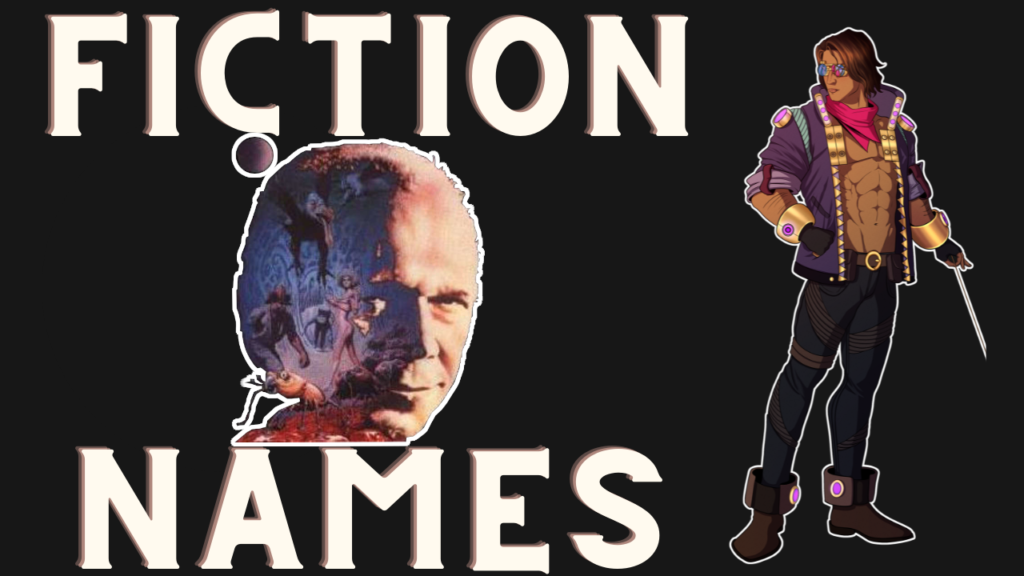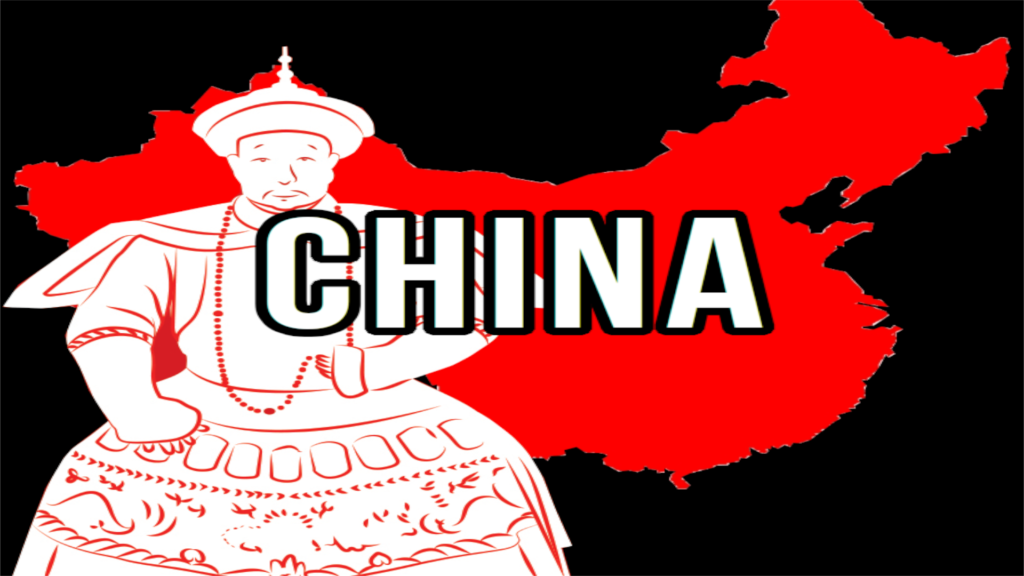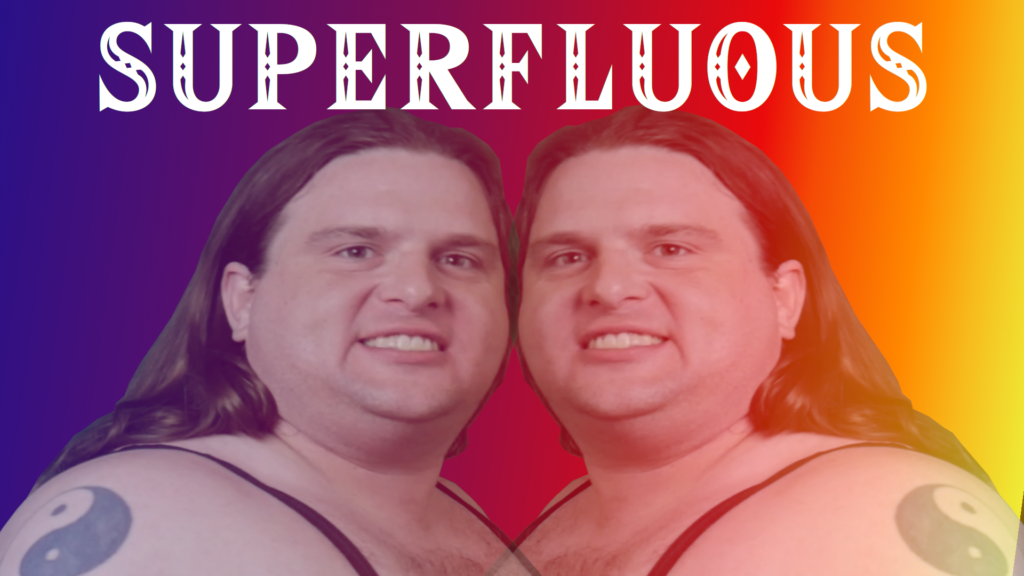1/22/2023
Works Cited:
Frege, Gottlob. “On Sense and Nominatum (1892).” The Philosophy of Language, edited by Aloysius Martinich, 2nd ed., Oxford University Press, 1990, pp. 190–202. Buy here:!
Russell, Bertrand. “On Denoting (1905).” The Philosophy of Language, edited by Aloysius Martinich, 2nd ed., Oxford University Press, 1990, pp. 203–211. Buy here:!
Russell, Bertrand. “Descriptions (1919).” The Philosophy of Language, edited by Aloysius Martinich, 2nd ed., Oxford University Press, 1990, pp. 212–218. Buy here:!
Strawson, P.F. “On Referring (1950).” The Philosophy of Language, edited by Aloysius Martinich, 2nd ed., Oxford University Press, 1990, pp. 219–234. Buy here:!
Farmer, Philip Jose. Riders of the Purple Wage. Buy here!
NOTES
What does it mean when we say words? [Trumpian what does it mean when he says words flashes across the screen.] When words are used, what is it that is occurring? When we say words, we are referring to the real world. Words seem to be attached to objects in the world like wrapping paper denoting this and that object as an object with such & such a sense.
If what we say is true
[This cat… the morning/evening star… The present Emperor of China is hairy… Philip is the author of Riders of the Purple Wage]
Then language must relate to reality.
[Flash: Ts Ɔ Rl]
When I name something, “This cat”, my words express a sameness, or a relation between name & object. These relations are called signs. According to some old German dude named Friedrich Ludwig Gottlob Frege, a sign is a name, word combination, or expression. Signs have two parts: a sense & a reference [whisper: nominatum, denotation]. Sense is the connotation or meaning of a sign. While reference is the object the sign designates or refers to. If I say this cat or the cat, the articles ‘this’ & ‘the’ express both distinction and uniqueness. By this cat, I mean this cat right here and also refer to it; they have the same sense & reference. We may also have multiple senses that all refer to the same object. The morning star & the evening star both refer to the same object, the planet Venus, but have very different senses as we only see the former in the morning and the latter in the evening. Sense, for Frege, is the mode of presentation of a referent. This has an ontological function in that the sense of a sign presents the pre-conditions an object must have in order to be a referent. What are the conditions upon which Venus might present itself as the morning star? Well, it has to occur at dawn and only at dawn, i.e., not a night, at dusk, or during the day; and, this morning appearance must happen in such a way that it appears to be shining like a star shines. We can also have signs that are all sense but have no known referent. For instance, we think about “the heavenly body furthest from the Earth” while there certainly is a body in the heavens which is farthest from planet Earth, it is not something that could be known by us mere mortals. In these instances, the name references its own sense because the sign is a priori true by definition.
We can also have signs that have one sense but seemingly indefinite denotations. If we use the indefinite article ‘a’ instead of the definite article ‘the’, we find ourselves in a new predicament. ‘A cat’ cannot possibly refer to this cat, that cat, or the other cat because if it did it would cease to be indefinite; instead indefinite names refer to the concept being described. So, ‘a cat’ refers to the concept Cat.
Let’s take a closer look at Venus. The name Venus shares the same referent as the Morning & evening stars. Yet, all three have different types of meanings, and the later two are of a different kind then the former. ‘Venus’ is a name, i.e., a simple symbol whose meaning is something that can only occur as a subject. A name directly designates an individual in a way so we have an immediate acquaintance with the object, and it has this meaning in its own right, independently of the meanings of all other words. Furthermore, a name is indivisible; it cannot be broken up into smaller symbols while still meaning and referring to the same thing. The morning & evening star, however, are not names but definite descriptions or denoting phrases. Definite descriptions consist of several words whose meanings are fixed. A description describes the thing being named in such a way where the description itself requires further analysis. Another old dude, this time of the English variety, Bertrand Russell, said in his essay “On Denoting”, “Denoting phrases never have any meaning in themselves, but every proposition in whose verbal expression they occur has a meaning.” (204) So, according to Russell, ‘the morning star’ & ‘the evening star’ are meaningless until we use them in a proposition: The morning/evening star is the planet Venus. Next time, will look at fictional names. What objects do they refer to, and how do they differ from nonfictional or actual referents?

Philip Jose Farmer was a science fiction author, who wrote a plethora of stories including the Novella Riders of the Purple Wage. The main character in this story is Chibiabos Elgreco Winnegan. How do we understand fictional names? Philosopher Bertrand Russell will say fictional characters like Chibiabos Elgreco Winnegan do not exist in some other separate world, called Farmer’s imagination, in a similar way to President LBJ existing in our own world. “There is only one world, the ‘real’ world: imagination is part of it.” So, while we can imagine a whole existence of Winnegan as having blood and guts and angst, in reality, we’re only denoting these thoughts & feelings we have towards the thoughts & feelings of Farmer’s imagination, which are thoughts & feelings about nothing. So, what does “Winnegan”[etc.] mean if it has no direct denotation? To Russell, all fictional proper names are essentially definite descriptions, incomplete symbols which require closer analysis to actually refer to.

Yet, is it that different from the way real names work? If someone mentions Philip Jose Farmer to an audience that knows nothing about him, then the words “Philip Jose Farmer” is at most a denoting phrase since the audience is not acquainted with the actual entity being denoted. It is only by predicating of various denoting phrases to the name that we acquire an acquaintanceship with the name whereby its nomination is instant. Philip Jose Farmer was… bald… the author of Riders of the Purple Wage… this man in this picture… born in the year of our Lord 1918… so on and so forth. We can only get a real grasp on an object with a Proper name by continually predicating true statements about it, or by continually denoting it to other objects. This is a descriptivist interpretation of language. We understand names by describing what they are. “Philip is Philip” is trivial. “Philip Jose Farmer is the author of Riders of the Purple Wage” is informative. It is through description that we are able to discover the referents.
Let’s look at these two statements, which both share the same referent, logically.
This sentence is not a simple identity like “Philip is Philip”, yet, if the “author of Riders of the Purple Wage” referred to anyone but Philip, the sentence would be false. Grammatically, these two sentences seem to be similar in that they have the same structure and their subjects refer to the same object. But, logically, they are quite different. To test the logic of identity here let ‘p’ stand for the name Philip, let ‘r’ stand for the novella ‘Riders of the Purple Wage’ and ‘A’ be the predicate for ‘is the author of’.
1. Philip is Philip: p=p
2. Philip Jose Farmer is the author of Rider’s of the Purple Wage: Ǝx [Axr & ∀y(Ayr →y=x) & x=p]
One difference is that sentence 1 is necessarily true, while sentence 2 is only contingently true’ however, as was said before, sentence 2 gives us a great deal more information than 1. These two sentences are not equivalent even though they both refer to the same thing. Look at how the article “the” is utilized in 2. The author of rider’s of the Purple Wage says there is one specific individual. So, logically, we have the existential signifier stating there is at least one thing, x, which authorized Riders of the Purple Wage. But, we also have the universal signifier saying if anything else claims to have authorized Riders of the Purple Wage then that thing, y, is actually x. So, not only is there at least one thing that authorized Riders of the Purple Wage but there is at most one thing which authorized of Riders of the Purple Wage. So, just adding the article ‘the’ requires an enormous amount of work to describe logically. So, signs of imaginary objects refer to thoughts & notions of a creator. What about signs with no actual referent? Next time, we will learn about the Present Emperor of China, and whether he his hairy or not.
Say I have a friend who went to school with Calvin Broadus and you say “damn, you went to school with Snoop Dogg??” He’s shocked and replies, “no, I went to school with Calvin.” You politely inform him that Calvin Broadus is the Doggfather. — Saying ‘Calvin Broadus’ is ‘Calvin Broadus’ is trivial, as is saying ‘Snoop Dogg’ is ‘Snoop Dogg.’ Saying ‘Calvin Broadus’ is ‘Snoop Dogg,’ is informative.
¬(p^¬p)

Last time we looked at the sense & reference of fictional signs? This video will look at the signs of unreal objects. What about the statement, “The present Emperor of China is hairy.” This phrase certainly is denoting in that it does refer us to something like a sense, but it has no referent because there is no present Emperor of China. So, is the statement “The present Emperor of China is hairy” a true or false statement? Well, we could look at all things in the known universe that are not-hairy, and it is very unlikely we would find the the present Emperor of China amongst these non-hairy things. So the statement is true, right? Not so fast. Cause if we performed a similar observation amongst hairy things, we also would not find the present Emperor of China. This seemingly violates the Law of the Excluded Middle, LEM. The LEM states that for any proposition stated it must either be true or its negation must be true. In other words, not only can’t a statement be both true and false, it also can’t be neither True nor false. (though some witty Hegelian would probably assert that the Emperor is wearing fur clothes.) Are we just to say that the statement “The present Emperor of China is hairy” is neither True nor False but is meaningless?
There’s a couple different answers to this puzzle. Alexius Meinong would say the sentence actually does reference something, i.e., the unreal individual known as the ‘present Emperor of China’, as if merely imagining a nonexistent thing were enough to make it exist. Unreal objects do not subsist yet are allegedly objects we can point to in some reality. This might hold for possible statements without denotation like the present emperor of China, but it is certainly intolerable for necessarily impossible objects like a ‘circle-square’. [head explodes trying to think of circle-square] Of course, unreal objects are, by definition, not real. Bertrand Russell was highly critical of this view. Russell says, “In such theories, it seems to me, there is a failure of that feeling for reality which ought to be preserved even in the most abstract studies.”
Frege answers this in a different way, by basically saying that the names of non-existent entities have senses but refer to nothing at all. But, how can we have a sense with no referent? If a sentence has no referent, then how can we know whether it is true or not? Frege would say these non-existent entities are neither true or false, because without a referent there is no Truth-value. If a statement isn’t true or false, then it is meaningless or nonsense, right? But, we do understand what is meant by “the present emperor of China.” We can imagine what pre-conditions must exist for an individual to become the present emperor of China or to have been the present emperor of china. Obviously, Frege’s solution suffers from problems because it still violates that LEM, which you’re really not supposed to do. Nor does it explain how we can have a sense of something, yet it not exist.
So, let’s return to the present emperor of China!
The present Emperor of China is a description which references nothing. If we put the definite description ‘present emperor of China’ into the simplest of statements, an identity like “Philip Jose Farmer was Philip Jose Farmer”, our statement is false since the present Emperor of China is absolutely not the present emperor of China, so any predication of that individual is automatically false. LEM protected. It is not the case that the present Emperor of China exists. However, despite there being no nominatum for the individual that is the present emperor of China, the denoting phrase ‘the present emperor of China’ is itself made of constituents in which we do have an immediate acquaintance with so that we can understand the qualifications necessary for an object to be referred to as the Present Emperor of China. For Russell, nonexistent entities denote only a null-class, ø, or a class with nothing in it; this avoids the problem of Meinong where you have a class with unreal entities as its members. Russell’s theory of descriptions makes it so propositions with denoting phrases can only be true if it refers to an actual entity. So, the present Queen of England is true because it denotes an entity, Queen Elizabeth II; while the present Emperor of China is false because it denotes nothing.
Bertrand Russell said of Frege’s views, “if we allow that denoting phrases, in general, have the two sides of meaning and denotation, the cases where there seems to be no denotation causes difficulties both on the assumption that there really is a denotation and on the assumption there really is none.” (206) How can a thing imply its existence, and yet not-exist? “Thus the difficulty which confronts us is that we cannot succeed in both preserving the connection of meaning & denotation and preventing them from being one and the same; also that the meaning cannot be got at except by means of denoting phrases.” Russell’s critique is that Frege’s notion of sense is superfluous. But if Russell is right, then how could I understand the sense of the Present emperor of china if sense & reference are actually the same and there is no true referent?
Russell’s distinction between names and definite descriptions brings about a problem: if names are supposed to grant immediate acquaintance with an object, does this mean they are an accurate representation of the thing itself or just another wrapping like definite descriptions? How is it proven there is no layer of meaning below the name? We won’t answer any of these questions, but next time will try to answer whether sense is superfluous as Russell says? Or, can sense be rescued beyond the shackles of the nominatum?

SUPERFLUOUS! Sense is just reference. S-U-P-E-R-F-L-U-O-U-S! SUPERFLUOUS!
What about the statement, “The present Emperor of China is hairy.” This phrase certainly is denoting in that it does refer us to something like a sense, but it has no referent because there is no present Emperor of China. So the Present Emperor of China is an unreal object.
Last time, we looked at the sense & reference of unreal objects like the Present Emperor of China. Of course, there is no Present Emperor of China, so any statement using the denoting phrase the Present Emperor of China is necessarily false. But, this leads to the possibility that sense & reference might be the same thing, since definite descriptions of unreal objects seem to have no sense and can’t be used truthfully in a sentence. This led Philosopher Bertrand Russell to declare that sense is superfluous and only referents are meaningful.
So, is sense superfluous as Russell says? Or, can sense be rescued beyond the shackles of the nominatum? P. F. Strawson rejects Russell’s reductionism. He divides the issue into 6 parts:
A1: a sentence
A2: a use of a sentence
A3: an utterance of a sentence
B1: an expression (or definite descriptions/denoting phrase, however, it self-identifies)
B2: a use of an expression
B3: an utterance of an expression
Let’s use Strawson’s schema on the following statement:
The Present Emperor of China has the mandate of heaven.”
“现在的中国皇帝,有天命。
Xiànzài de zhōngguó huángdì, yǒu tiānmìng.
As we’ve already mentioned there is no referent here, so it must be false. Or is it? According to Strawson, Russell doesn’t take into account the important function of the use of a statement or expression. If we today said the above statement, we would be saying a false statement. However, if I was a simple peasant in the year 215 BCE living in China under the reign of Qin Shi Huang Di, and I say “Xiànzài de zhōngguó huángdì, yǒu tiānmìng.” then this sentence could be True. If another peasant in the year 208 BCE said, “Xiànzài de zhōngguó huángdì, yǒu tiānmìng,” that statement would definitely be false because Qin Er Shi Huang Di was a very unwise ruler. “Xiànzài de zhōngguó huángdì, méiyǒu tiānmìng.”
In each of these instances, the speakers use the same sentence, but their use of the sentence is different because they are referring to different emperors, and each utterance is of course unique. If two people in 215 BCE both said “Xiànzài de zhōngguó huángdì, yǒu tiānmìng”, then they would both be making the same use of the sentence and of course still 2 separate utterances. Strawson says we can not talk about the truth or falsity of a sentence, only the truth or falsity of its particular usage. At the same time, the sentence itself is not about anything specifically, but only the usage of the sentence is about something because the sentence may be used in different contexts to be about different people. The purpose of language is for us as human beings to relate to our world. Language is our tool for making sense of reality.
Definite descriptions, or what Strawson refers to as expressions can be broken up similarly. Strawson agrees with Russell that expressions cannot be true or false because only sentences can be used truly or falsely. But, the use of an expression is to refer to someone in the course of a sentence being about someone. As with A1, B1 does not refer or denote anything, only its use, B2, can do that. Strawson says, “’Mentioning’ or ‘referring’, is not something an expression does; it is something that someone can use an expression to do. Mentioning, or referring to, something is a characteristic of a use of an expression, just as ‘being about’ something, and truth-or-falsity, are characteristics of a use of a sentence.” (pg. 223)
So, what is it that A1 & B1 are doing in Strawson’s theory? Well, they’re precisely the very sense or significance that Russell wants to reduce to a denotation; a sense that is not the same as what it denotes. “Meaning is a function of the sentence or expression.” (pg. 223) Meaning gives general directions or conditions for the use of a sentence or expression. The meaning does not identify itself with the object that its use refers too, because meaning is about the rules, habits, and conventions of speech. In understanding the meaning we understand how a sentence or expression could be used correctly to talk about reality. Strawson allows us to maintain the sense of a thing without it being reducible to a reference, what conditions an expression must have to be used either correctly or spuriously, used about reality or imagination and so forth. This allows us to describe objects which may not currently exist without recourse to unreal entities or an infinite regress through incomplete symbols.
In order for us to authentically relate to reality using language, what we say and how we say it must be true. It must be able to describe reality in a way which is informative.
